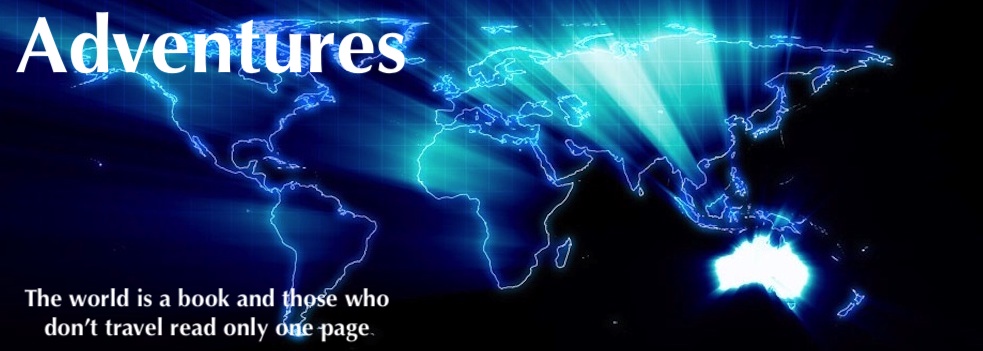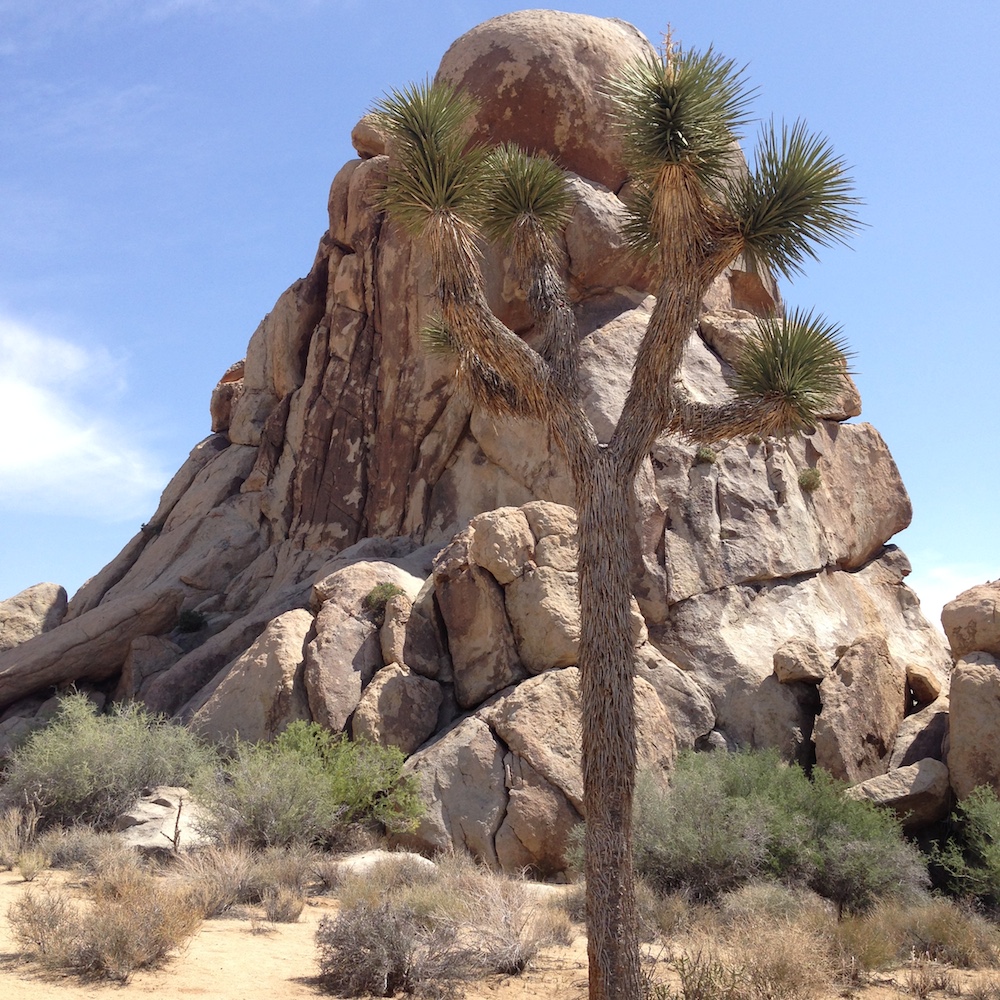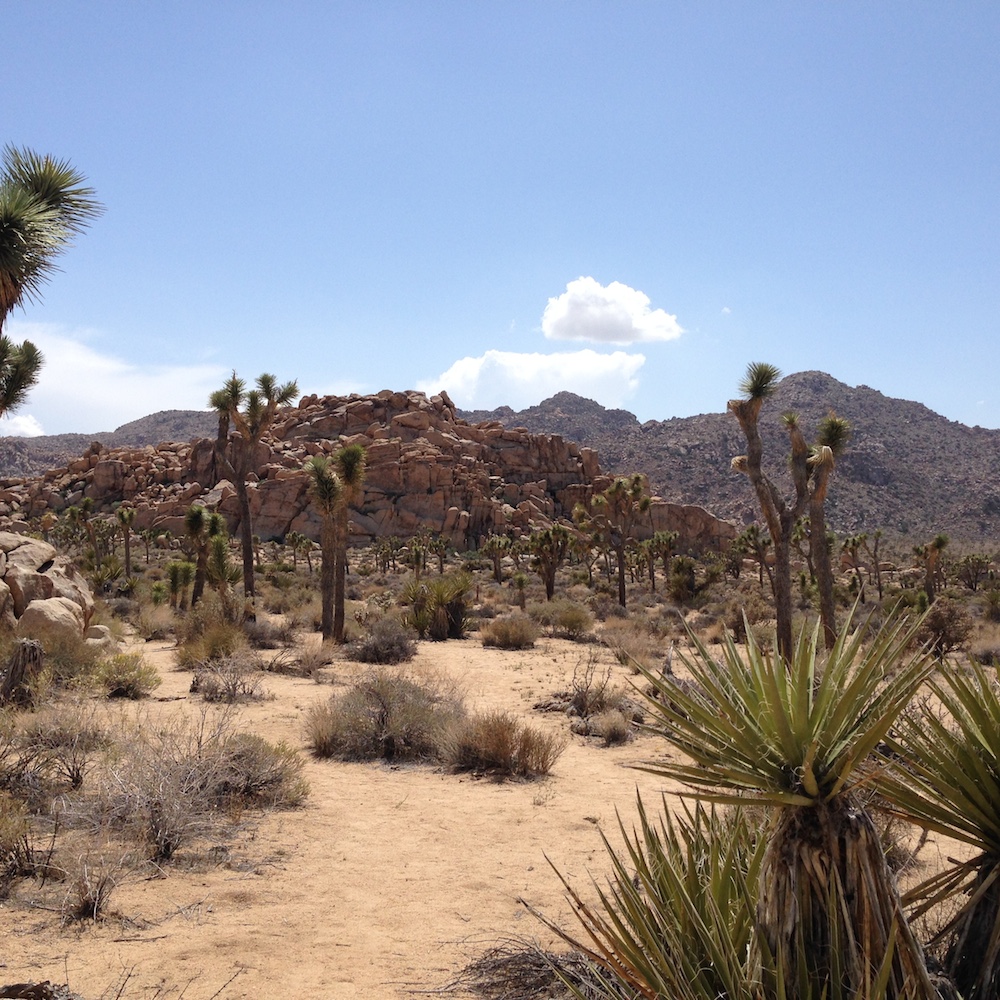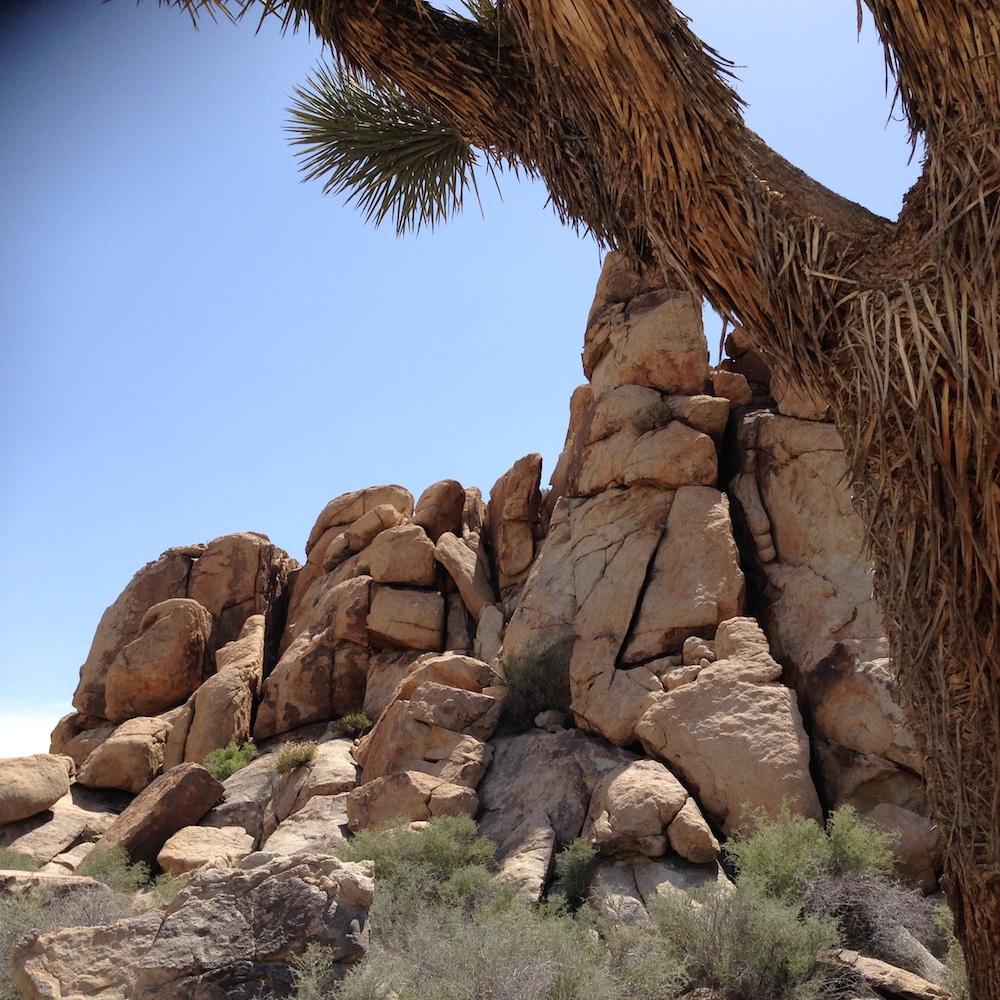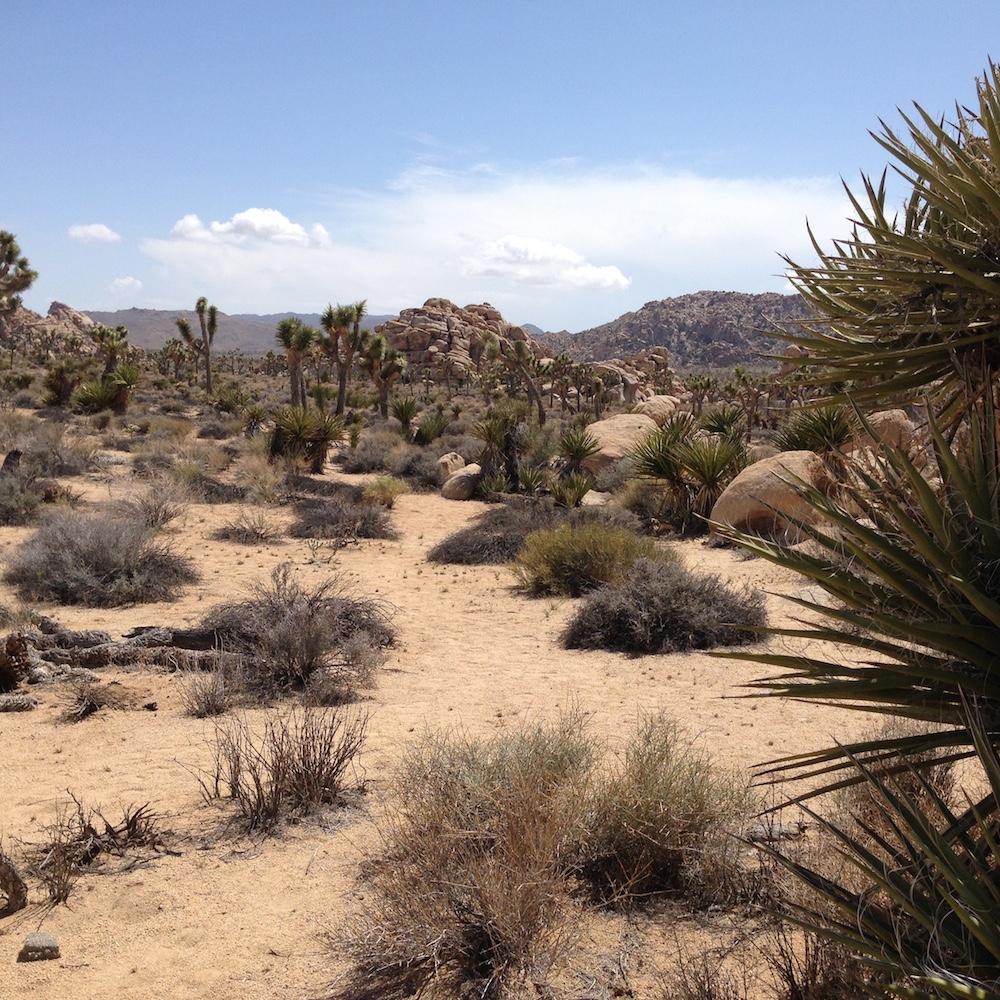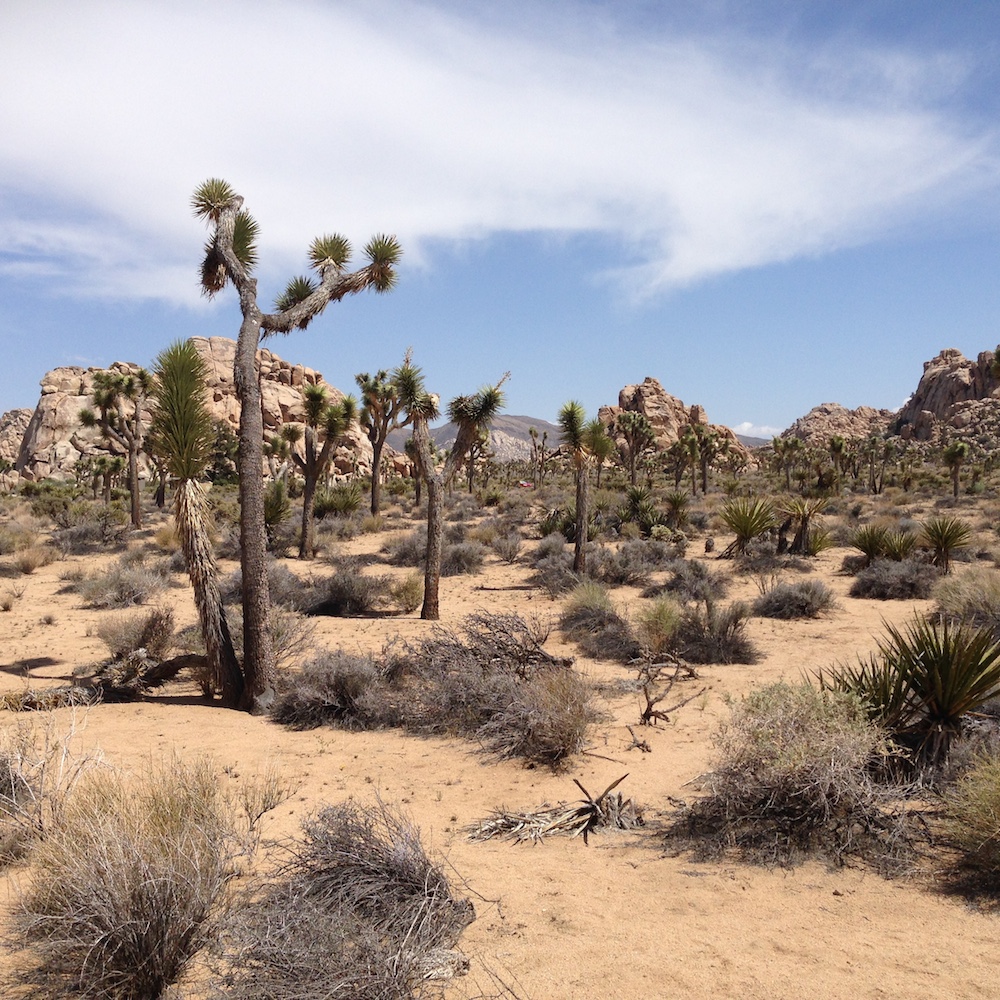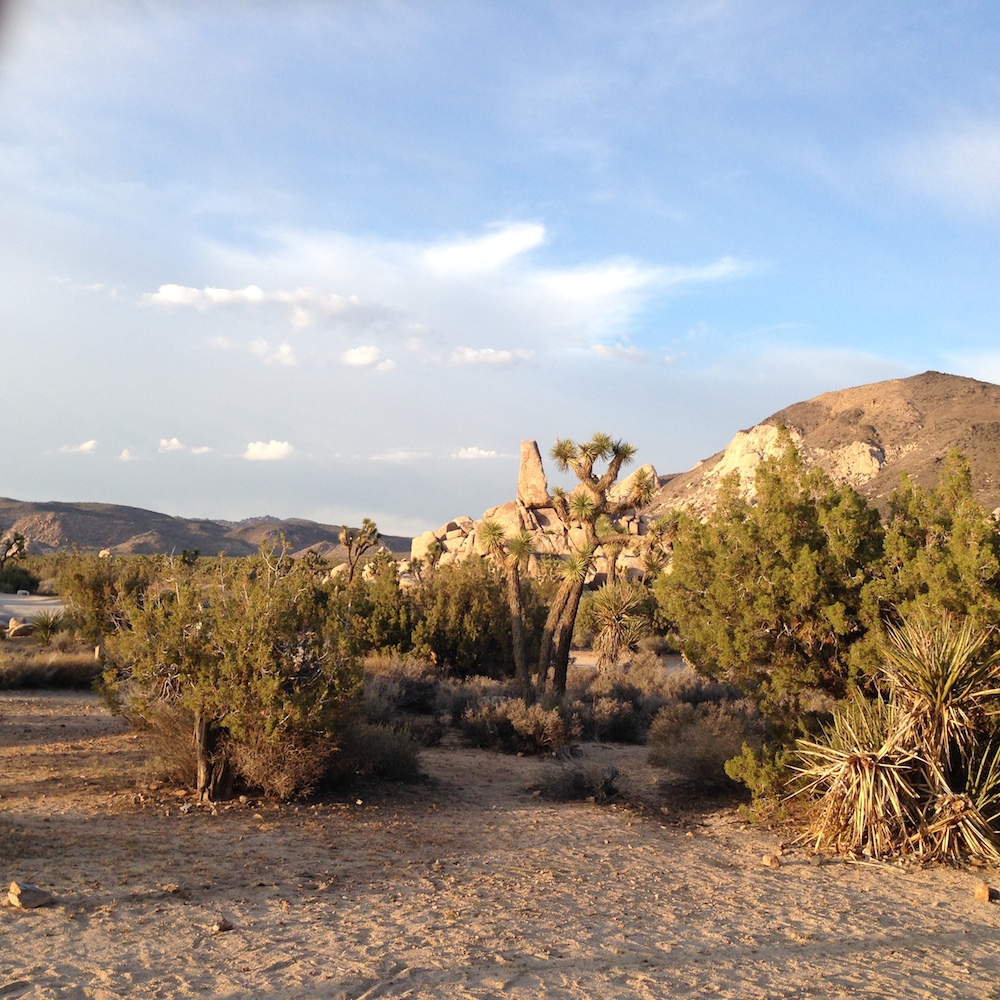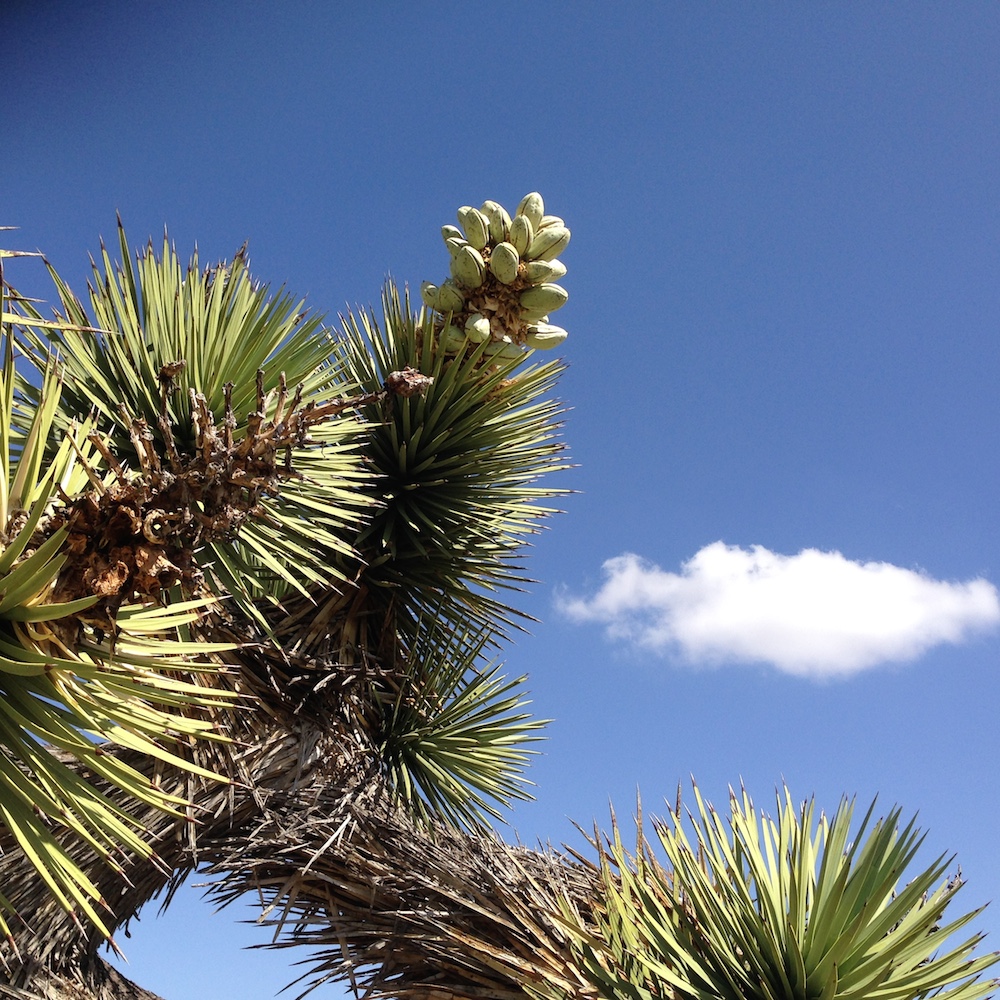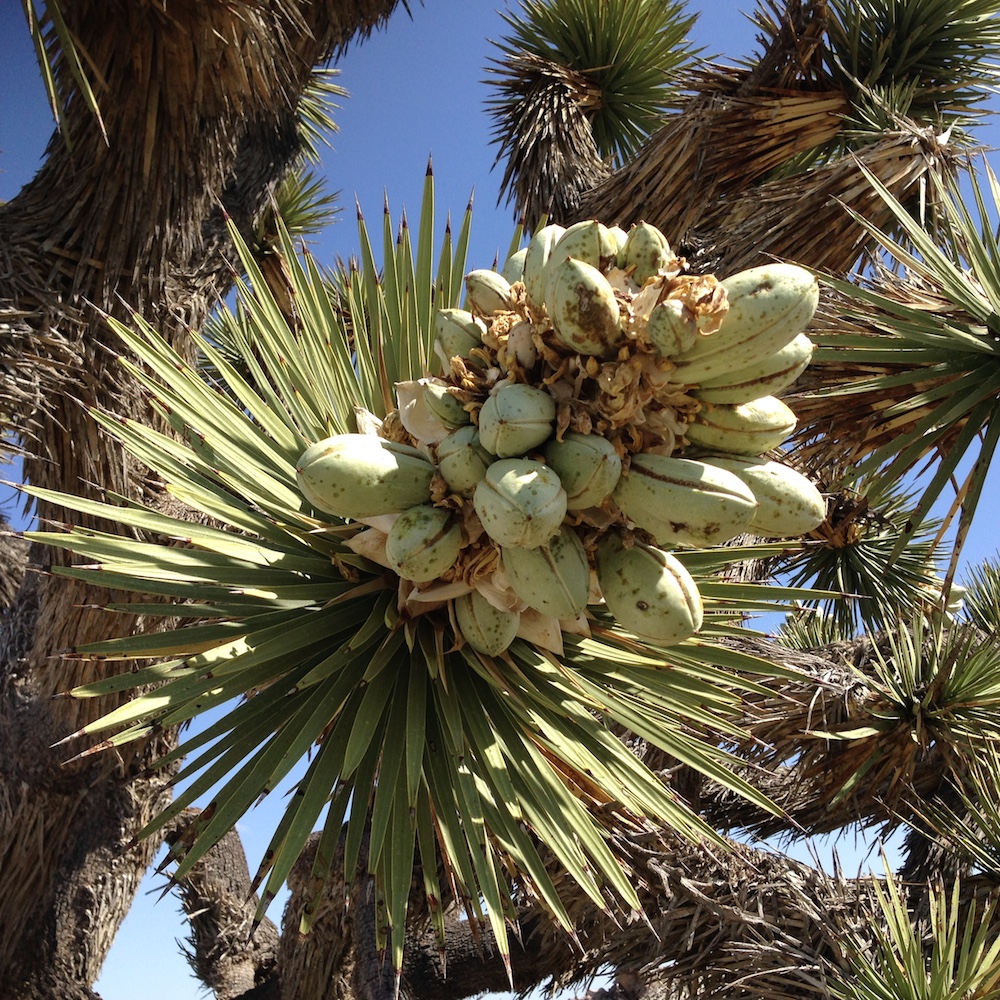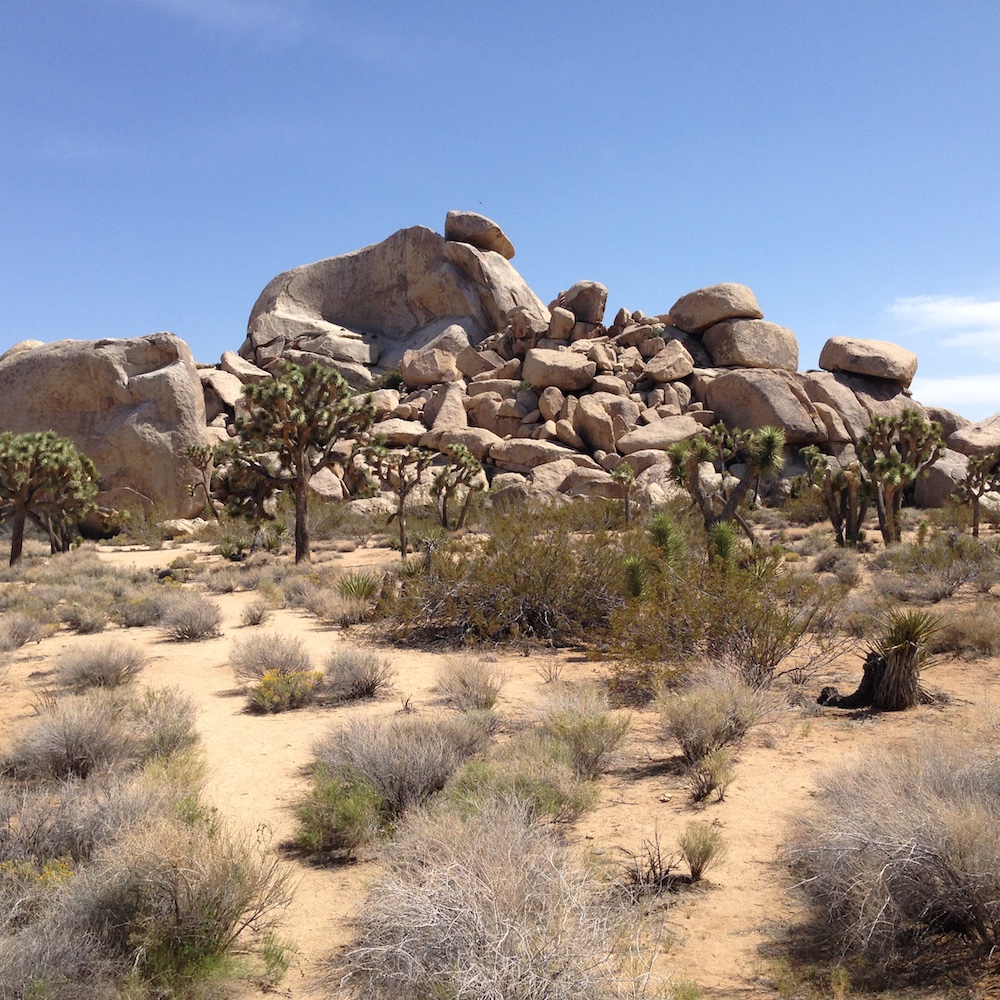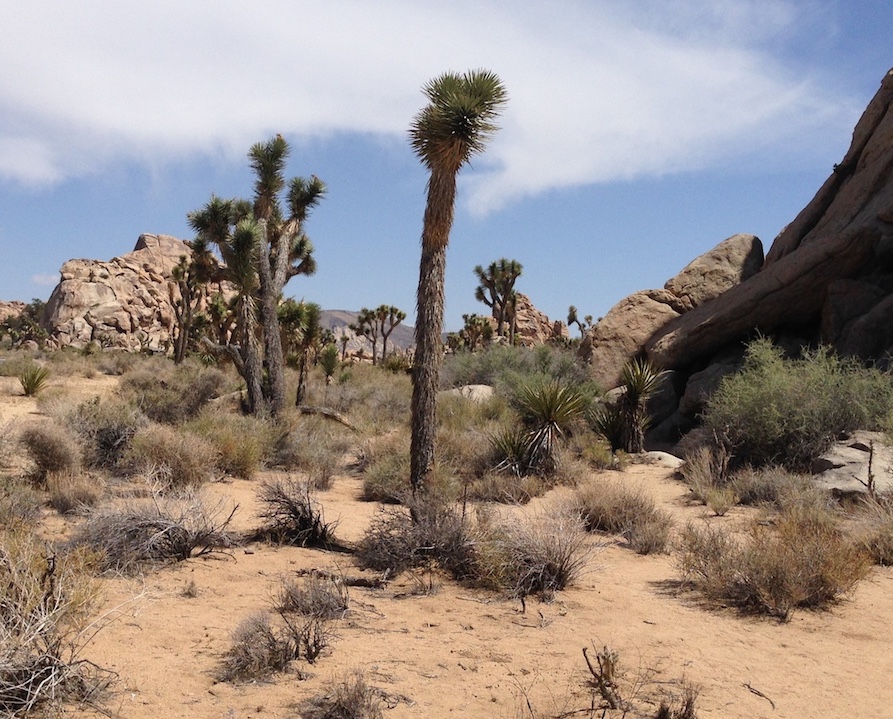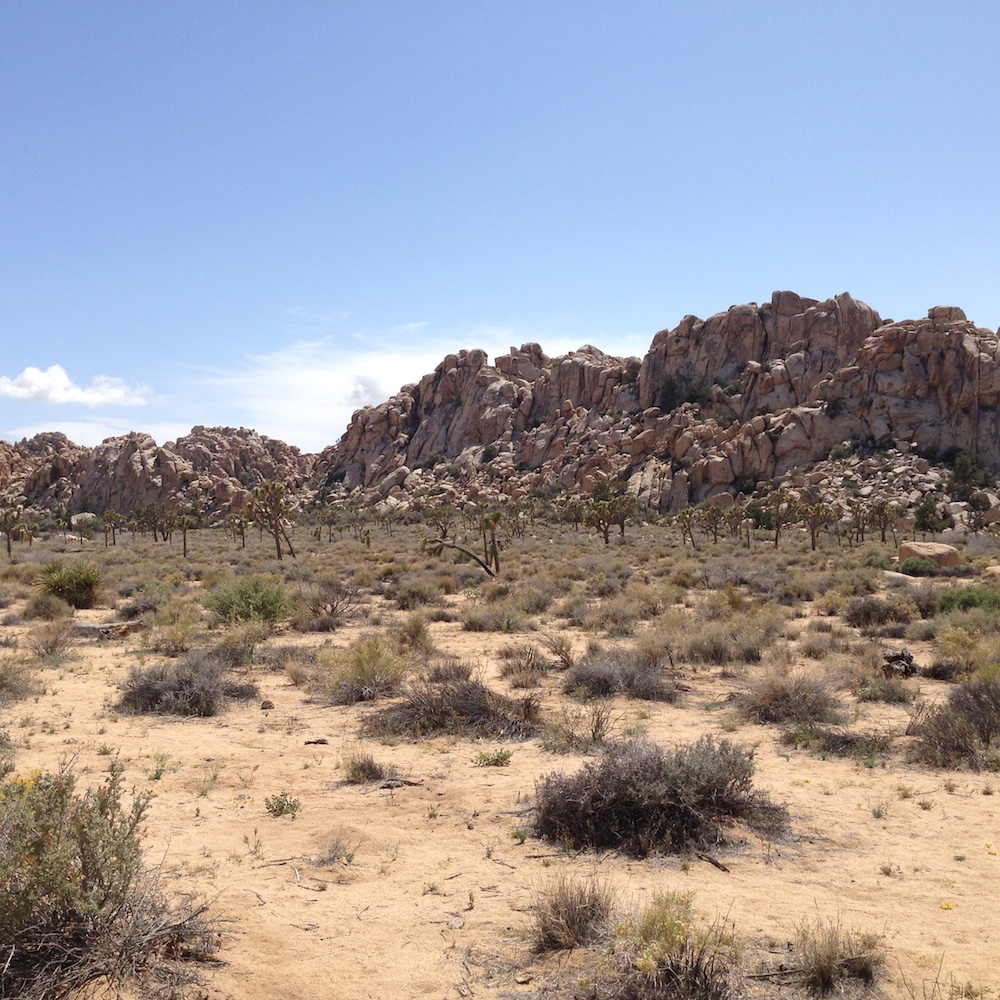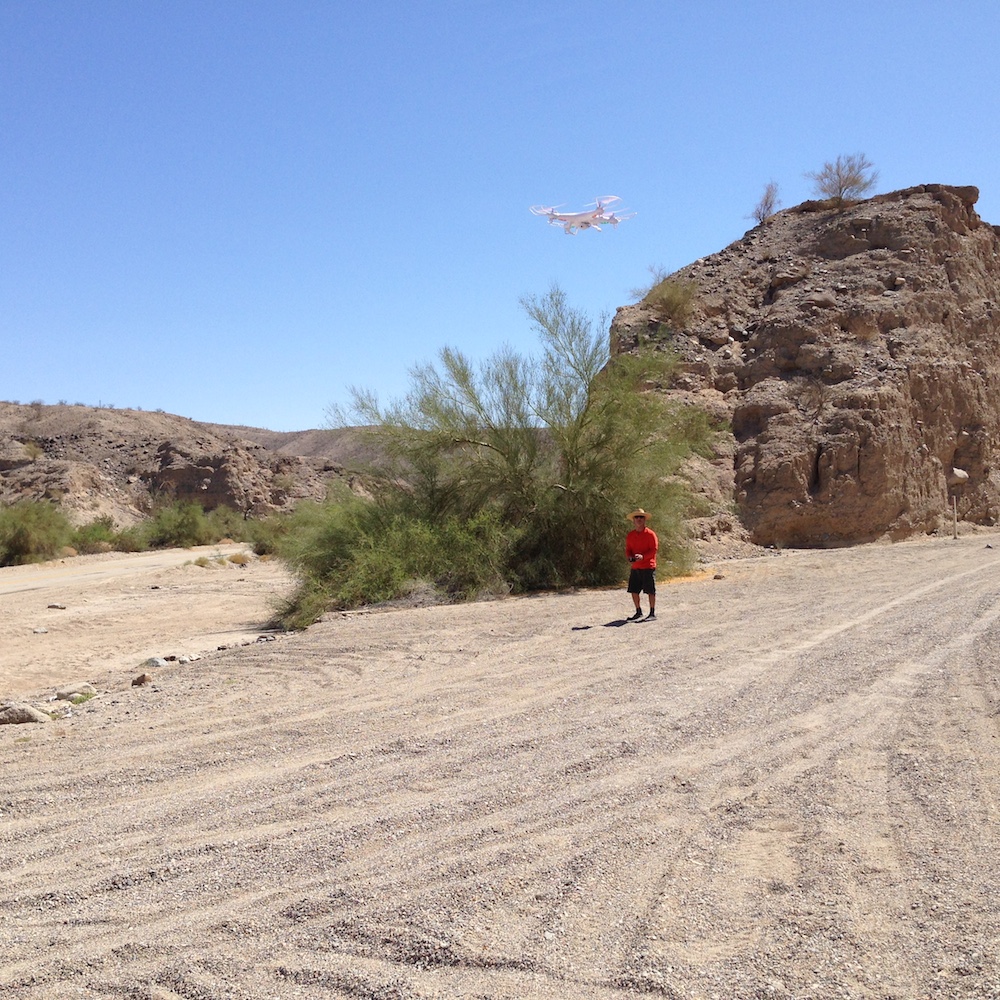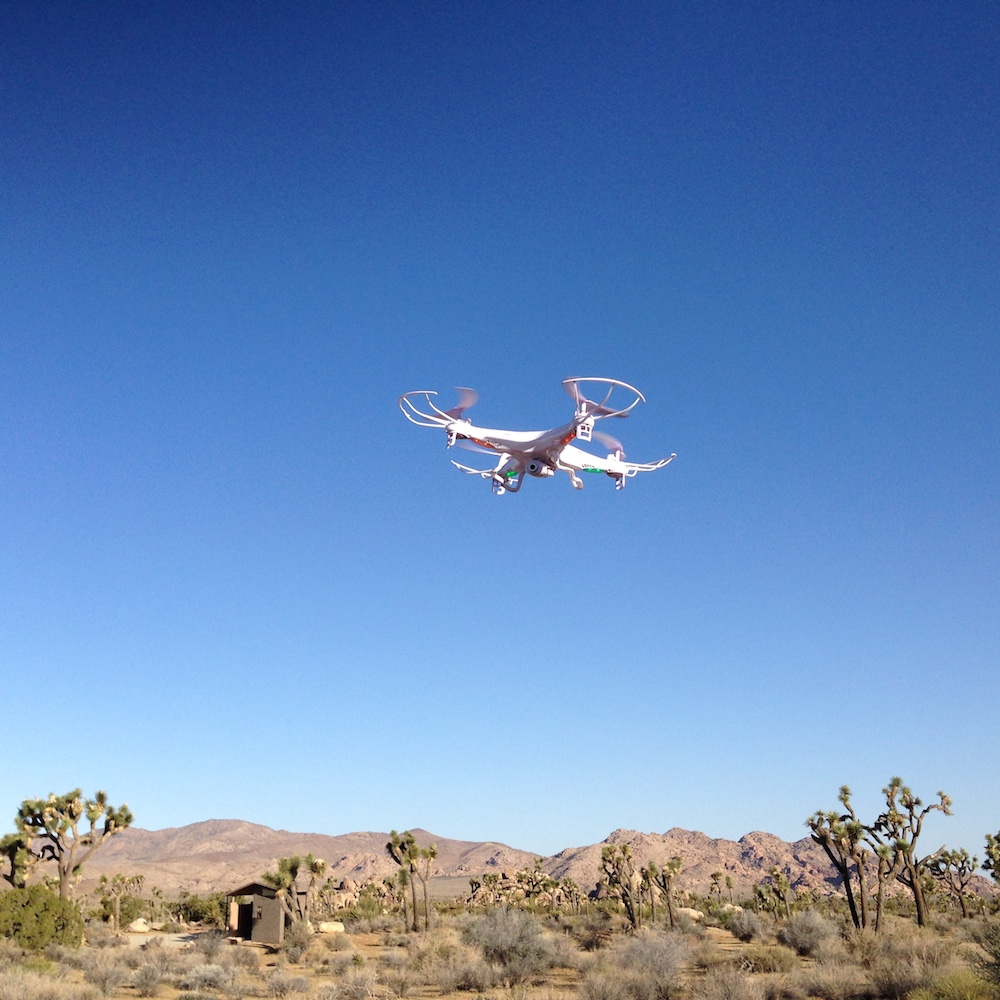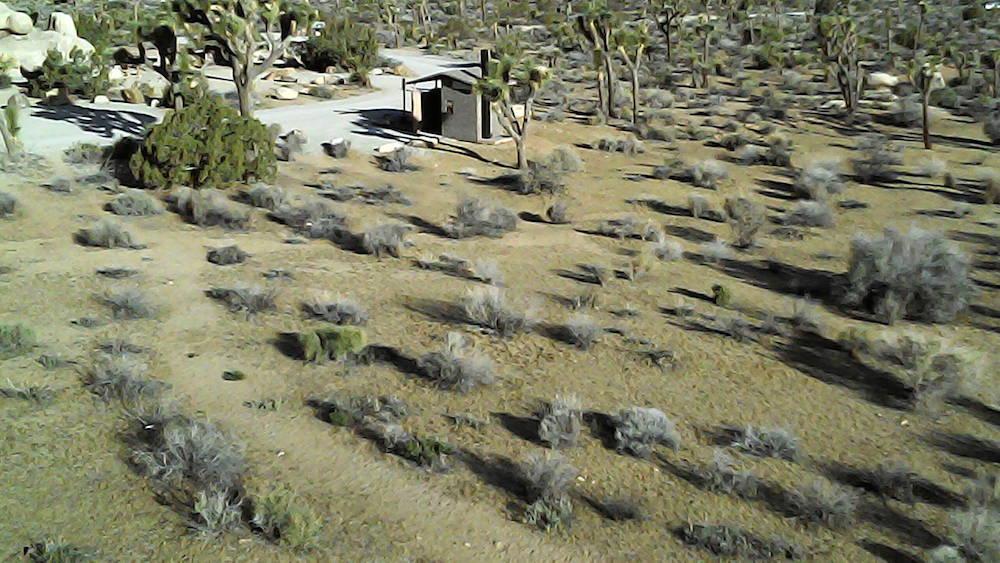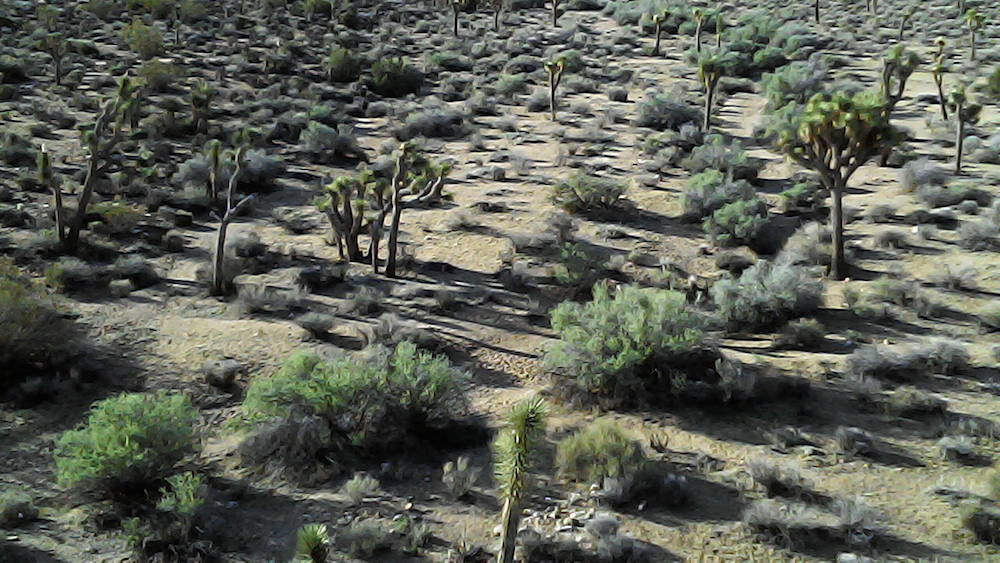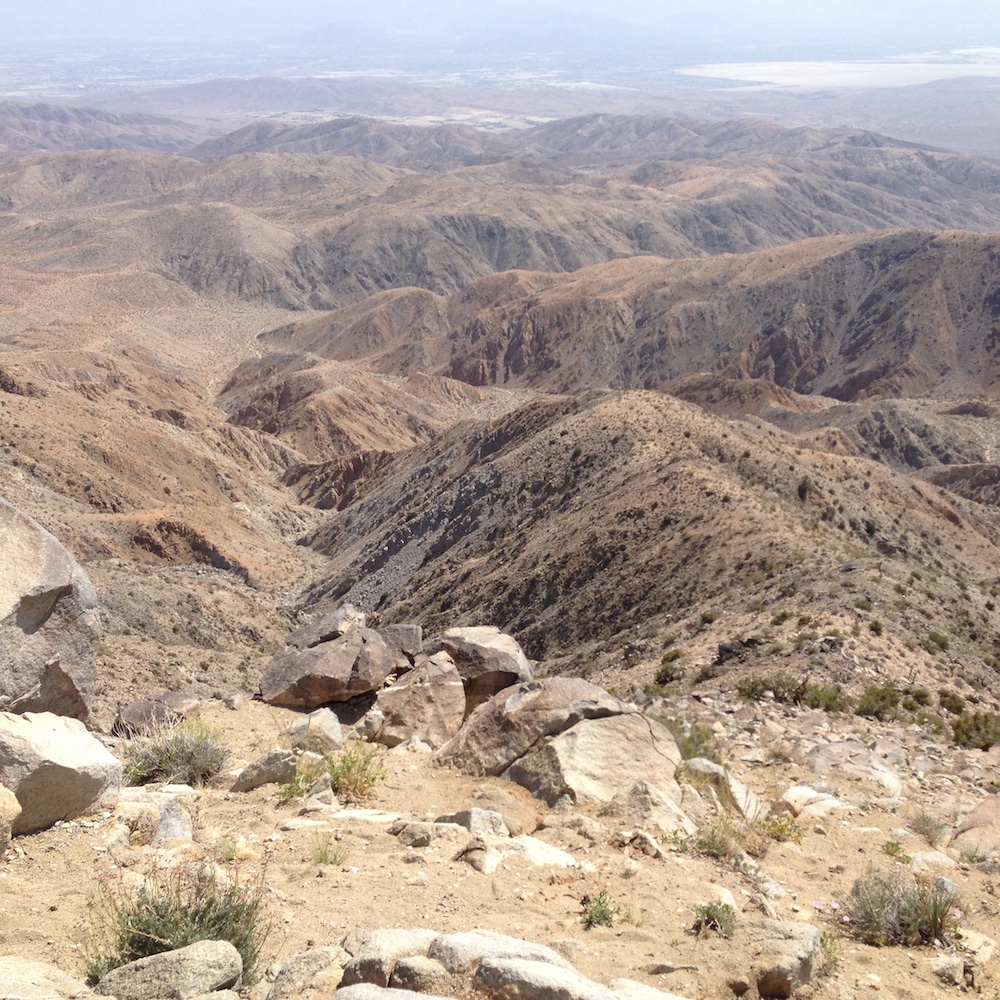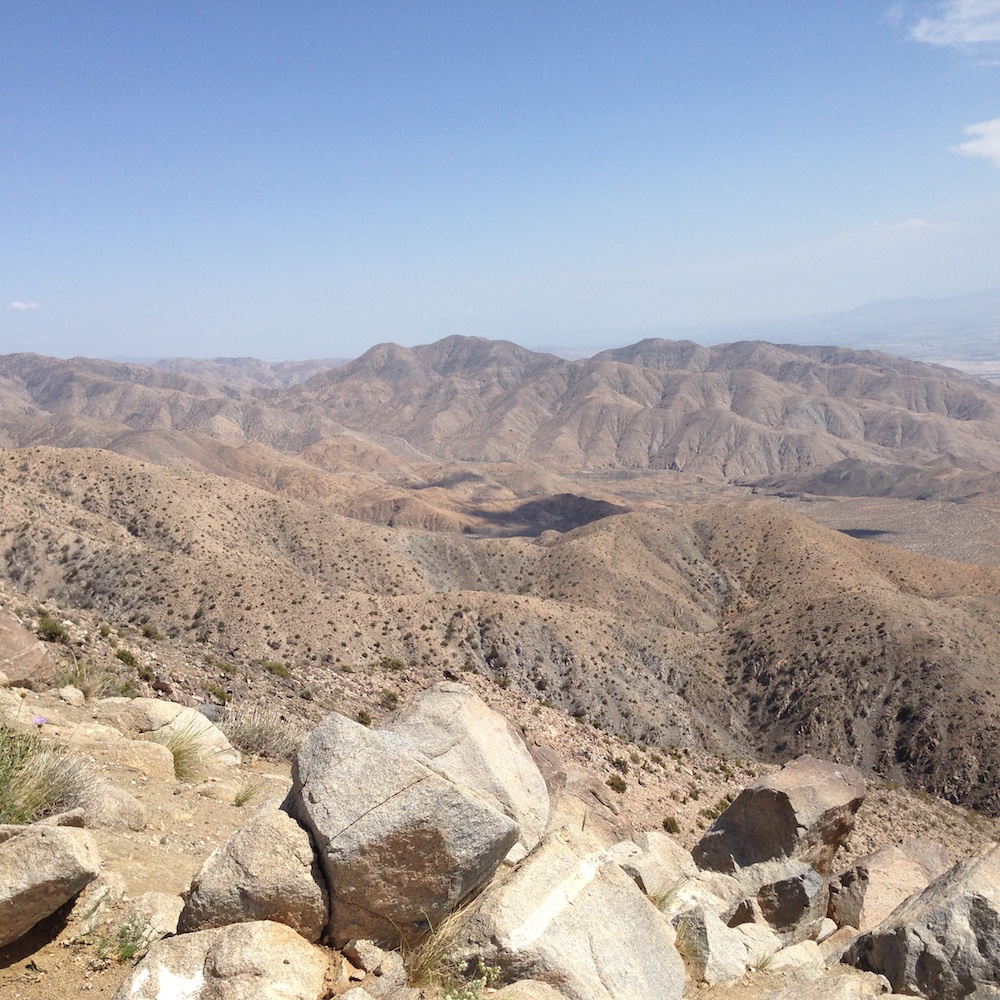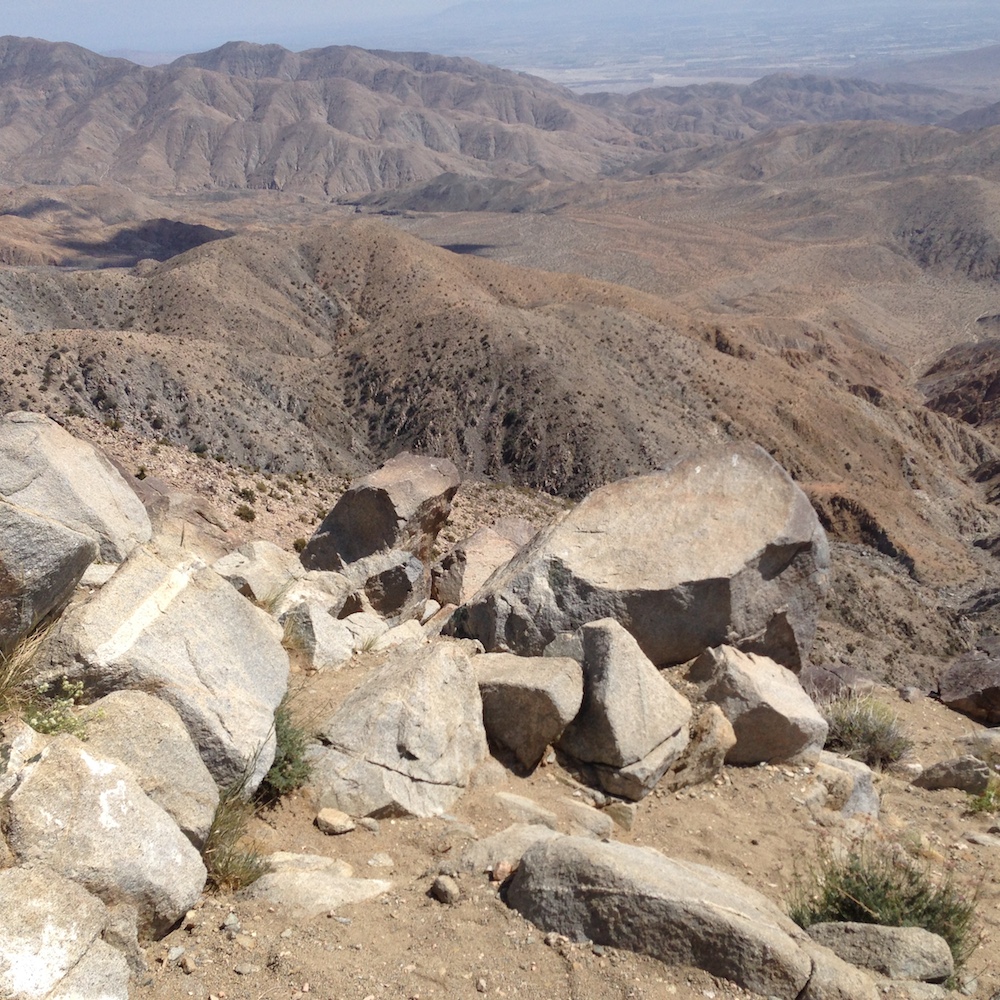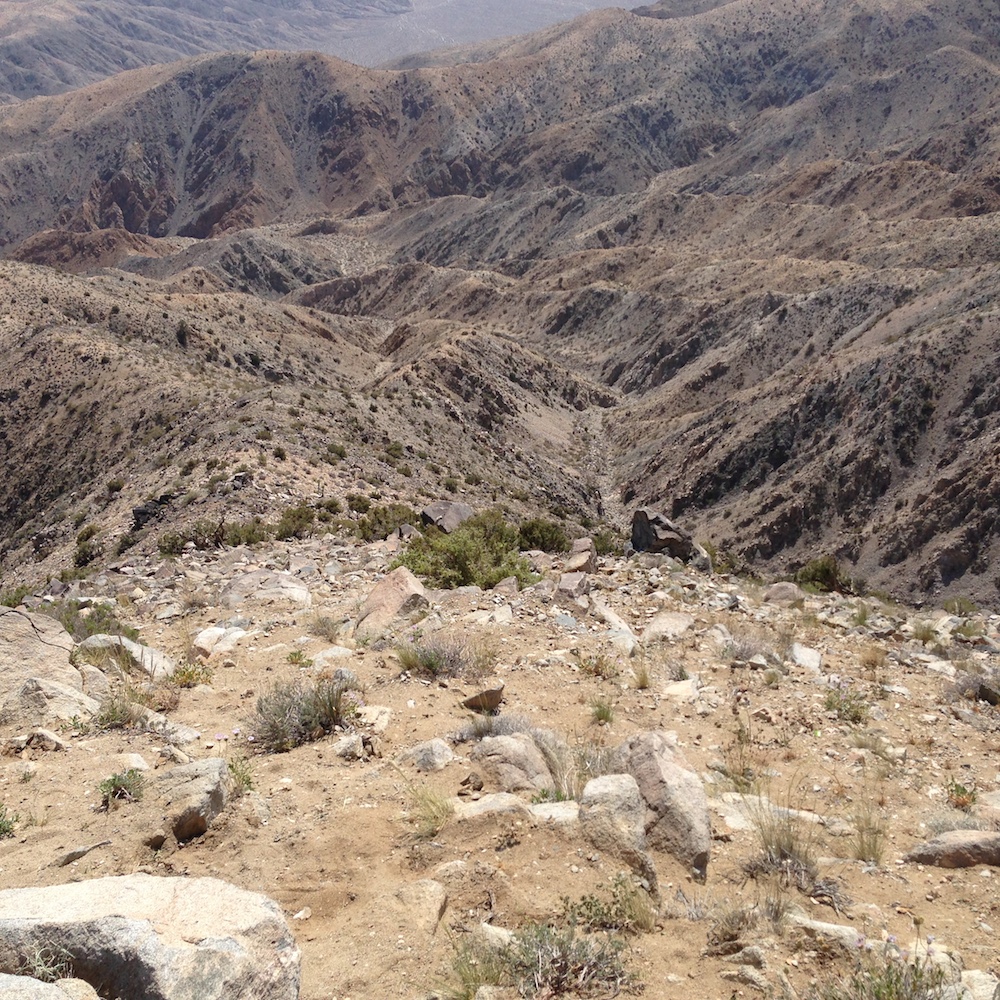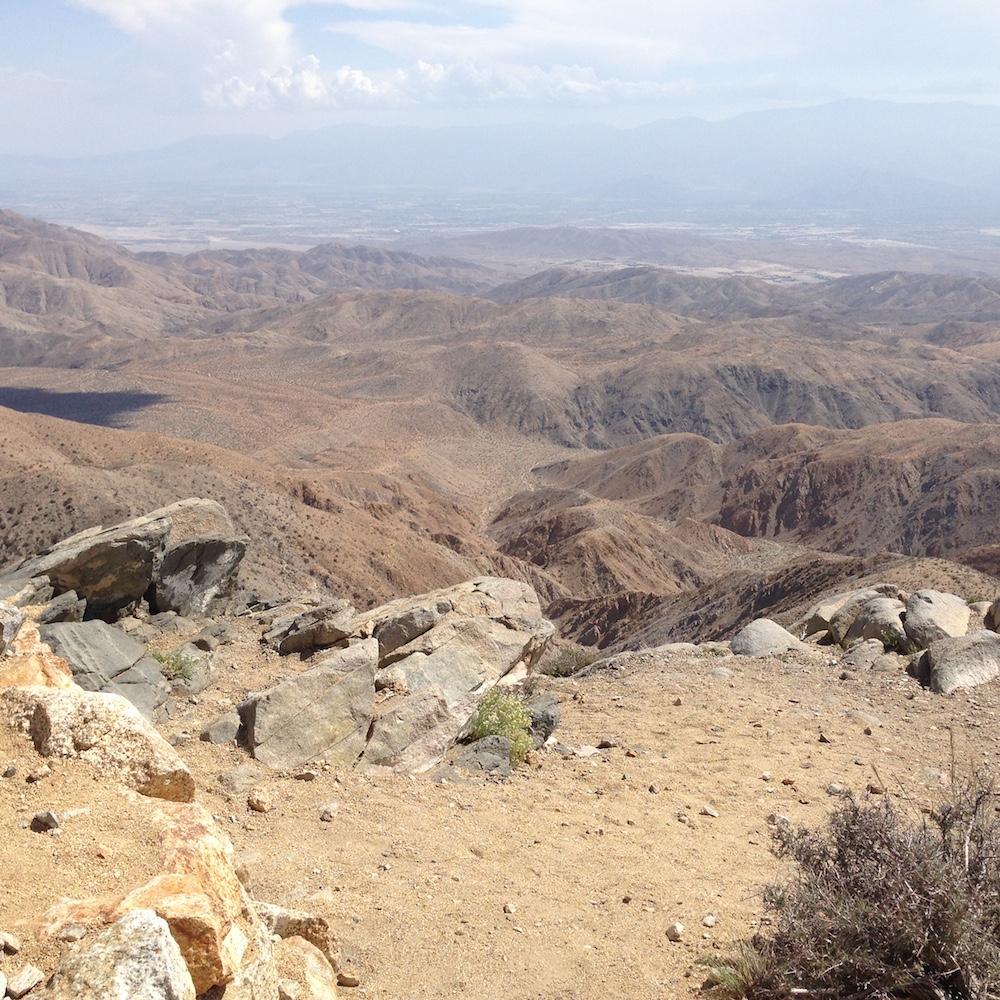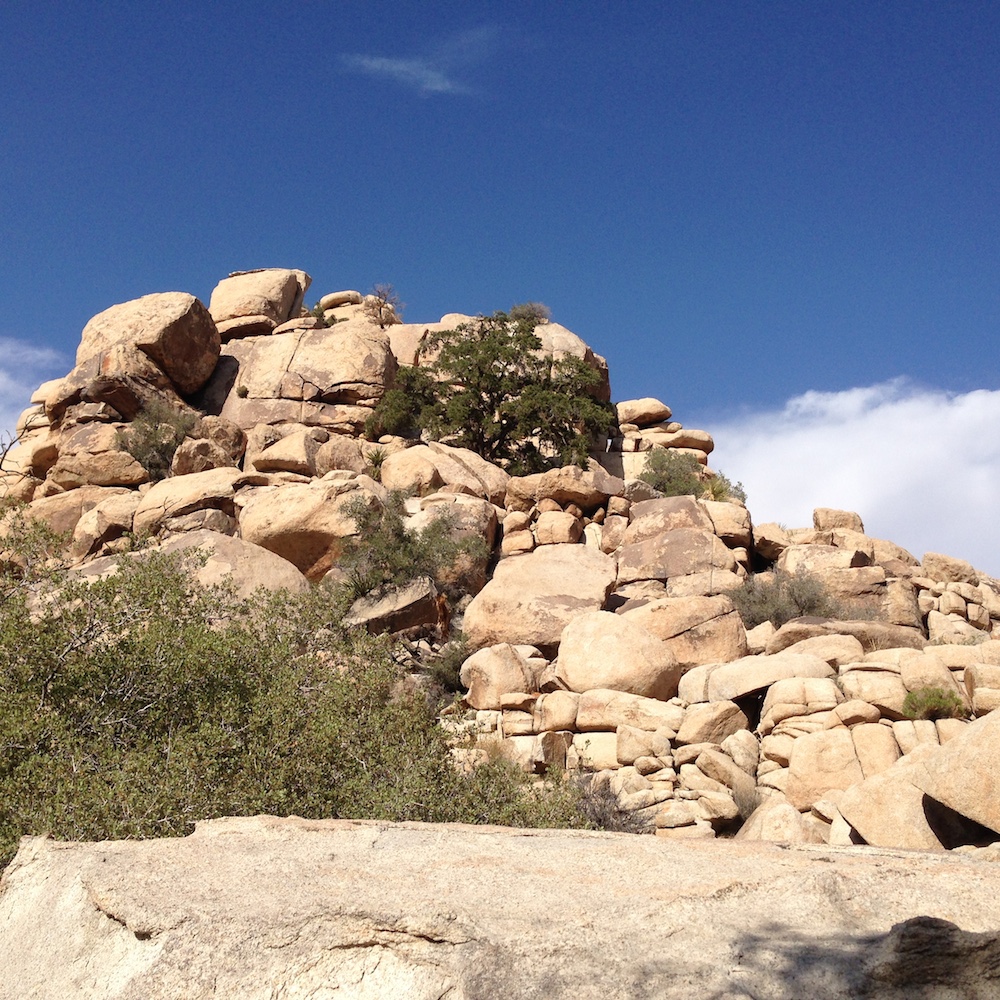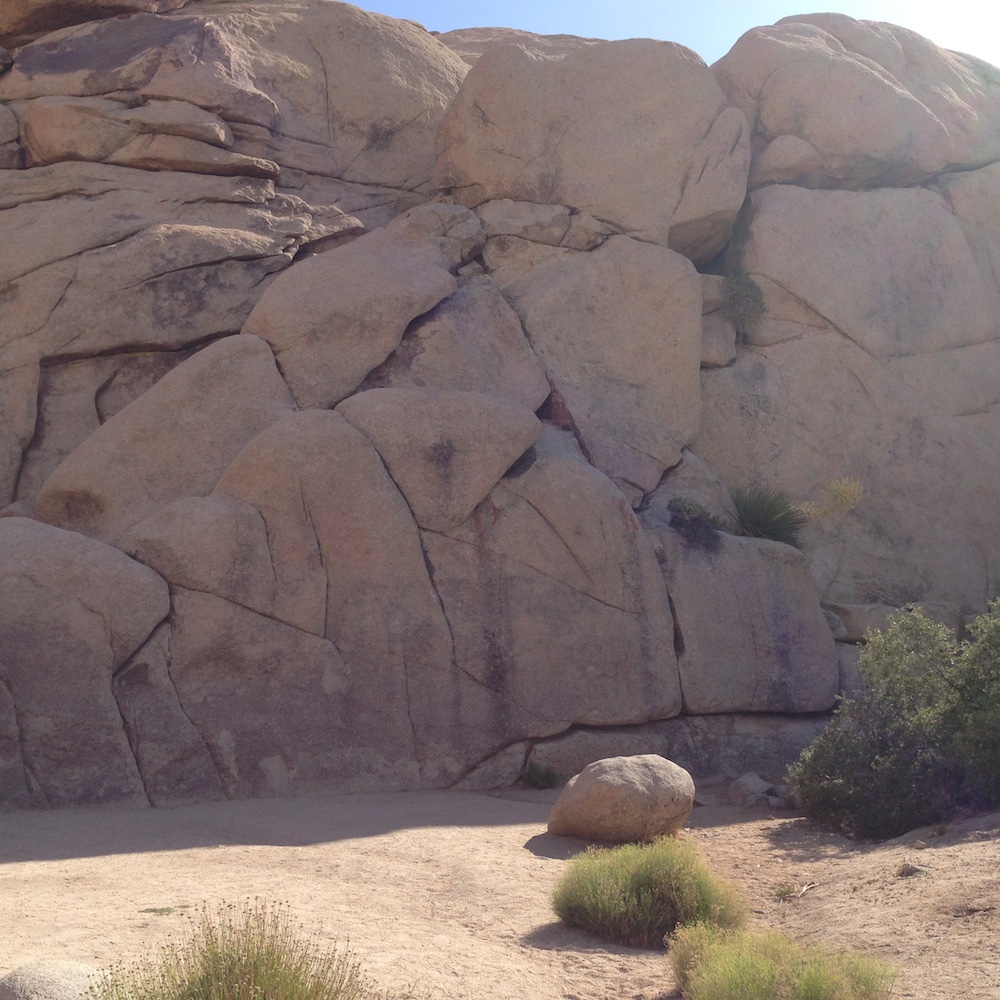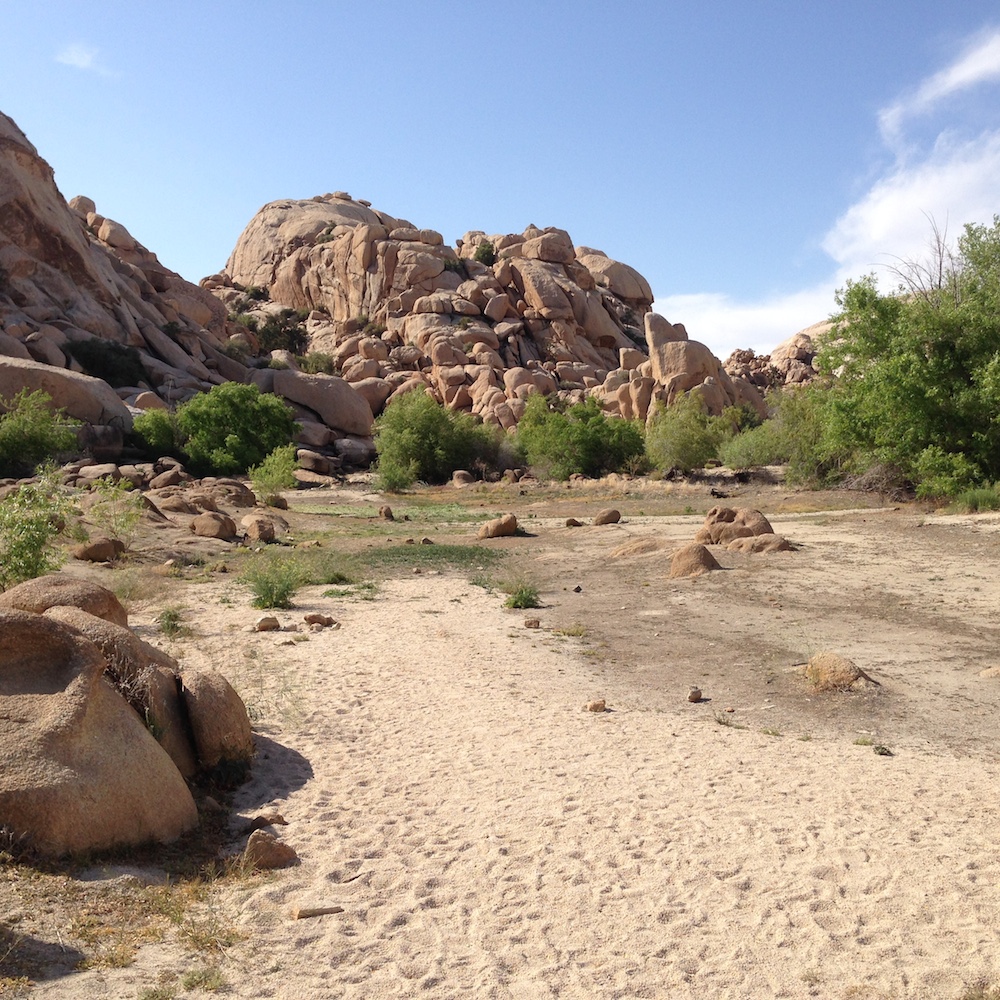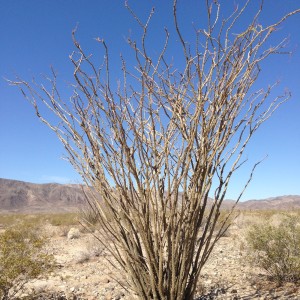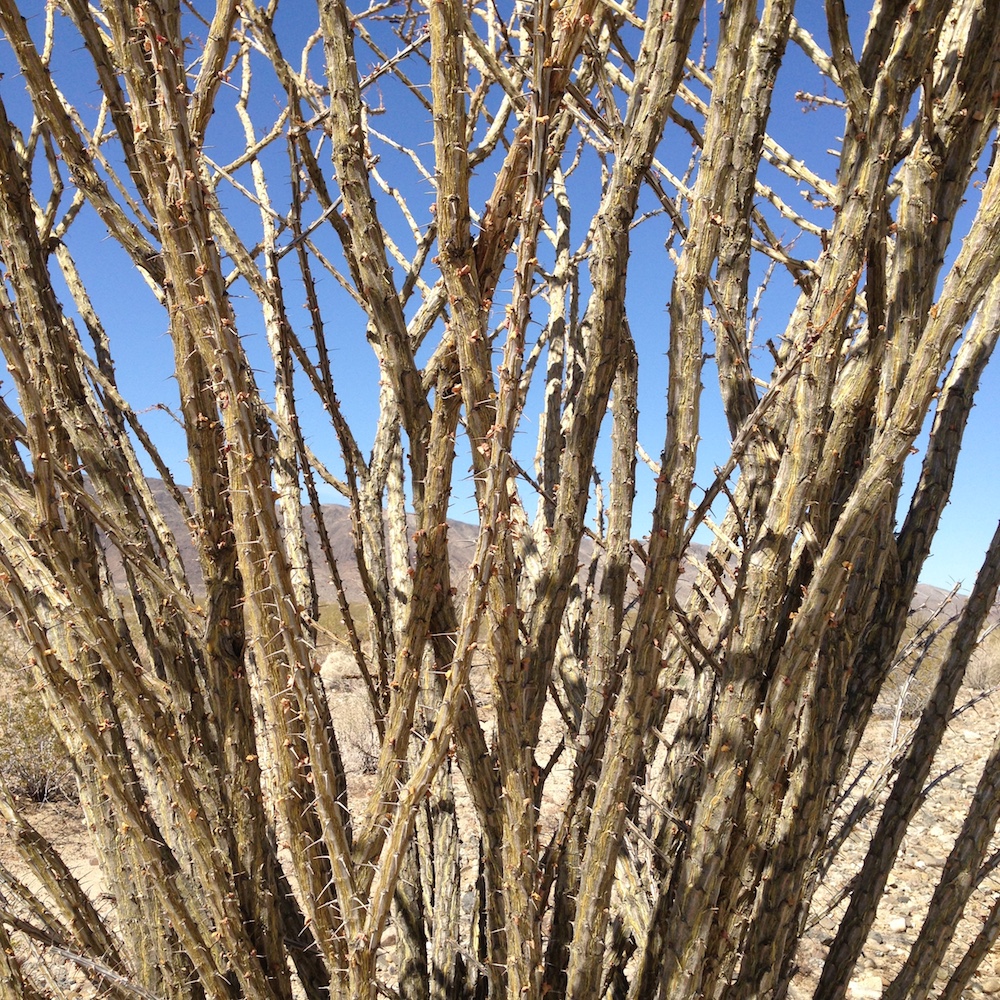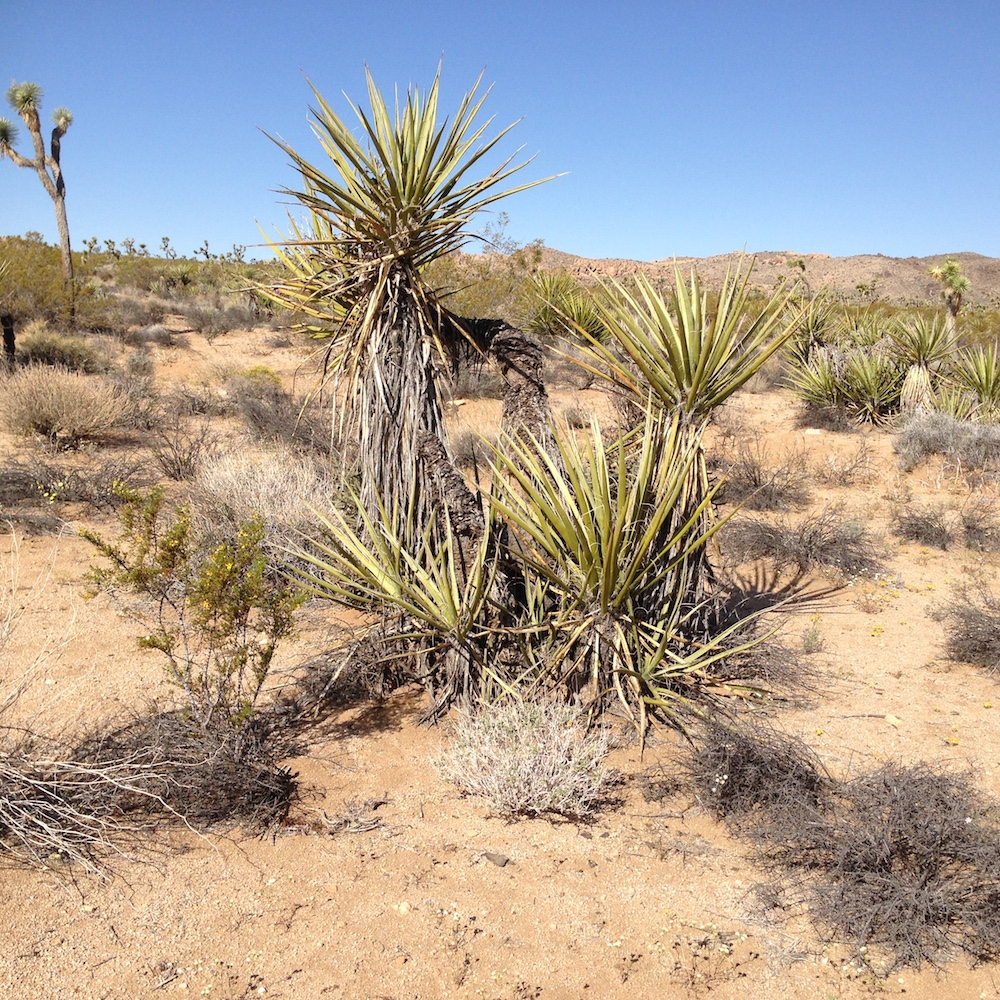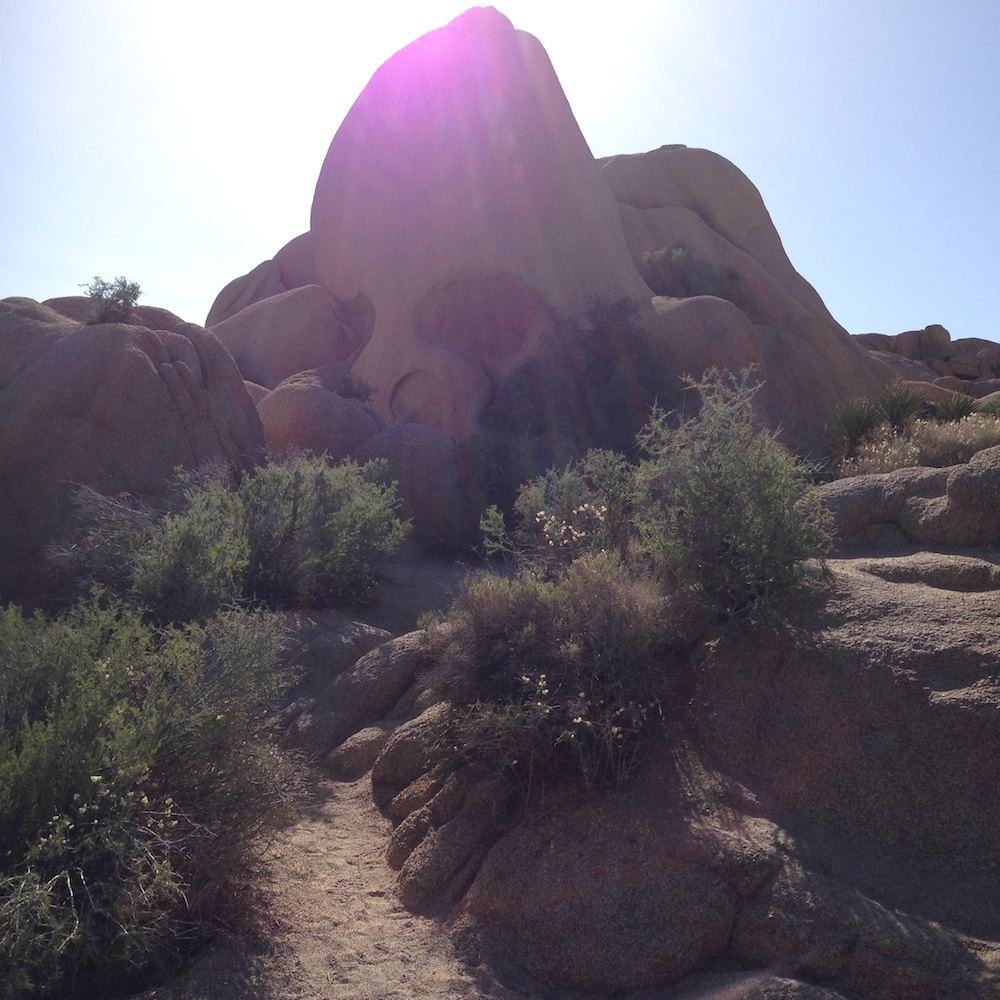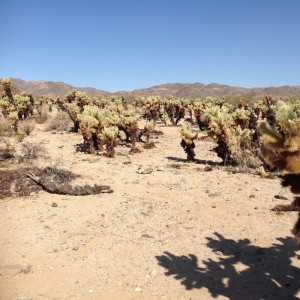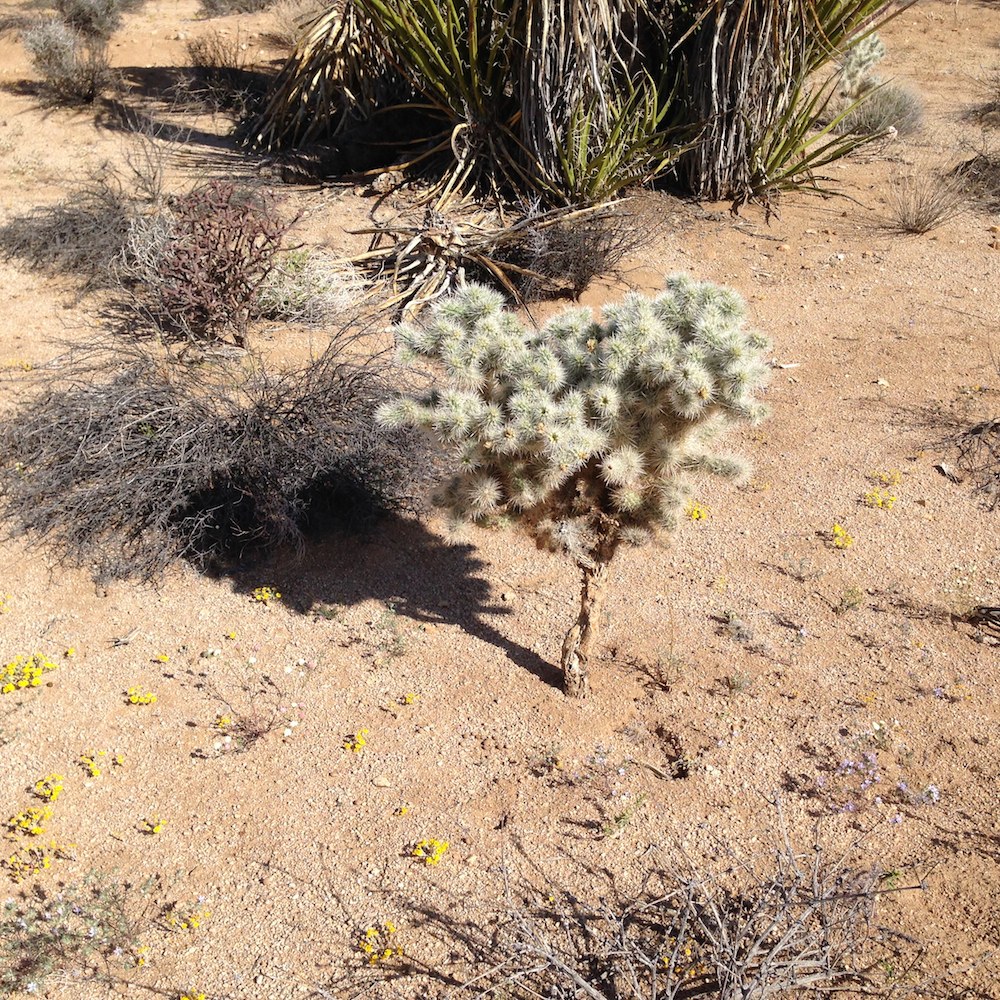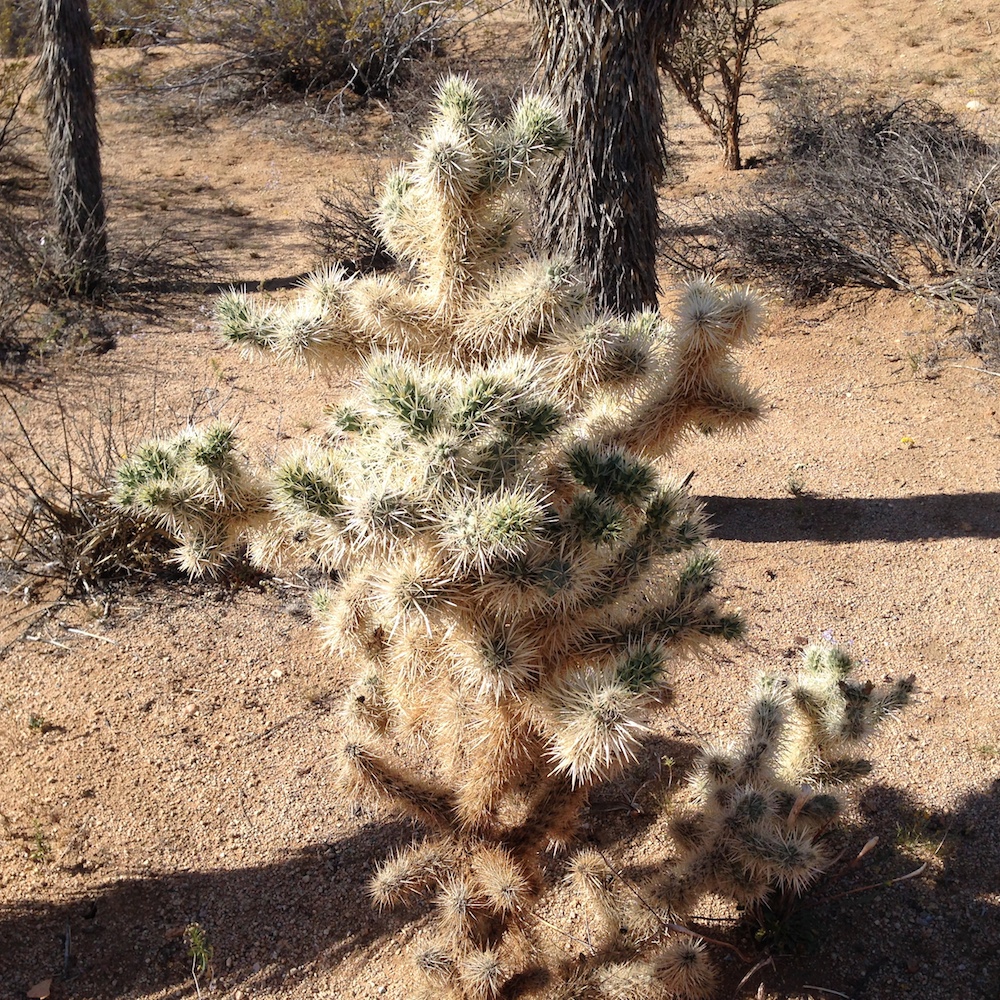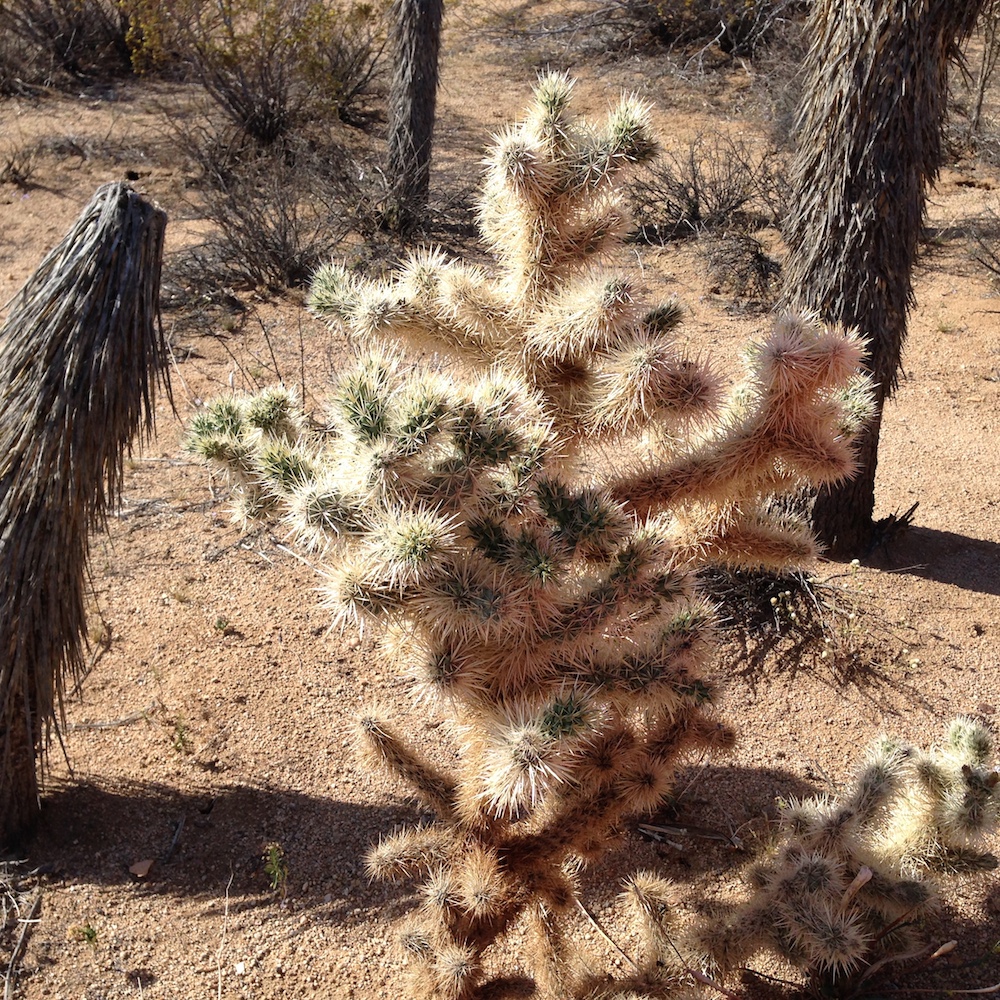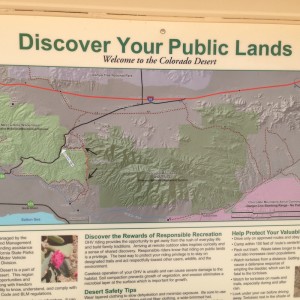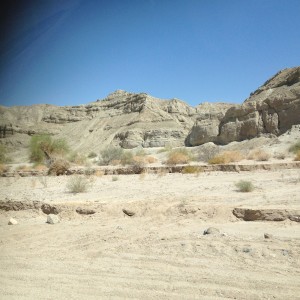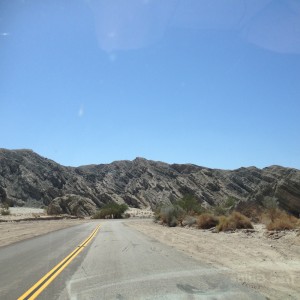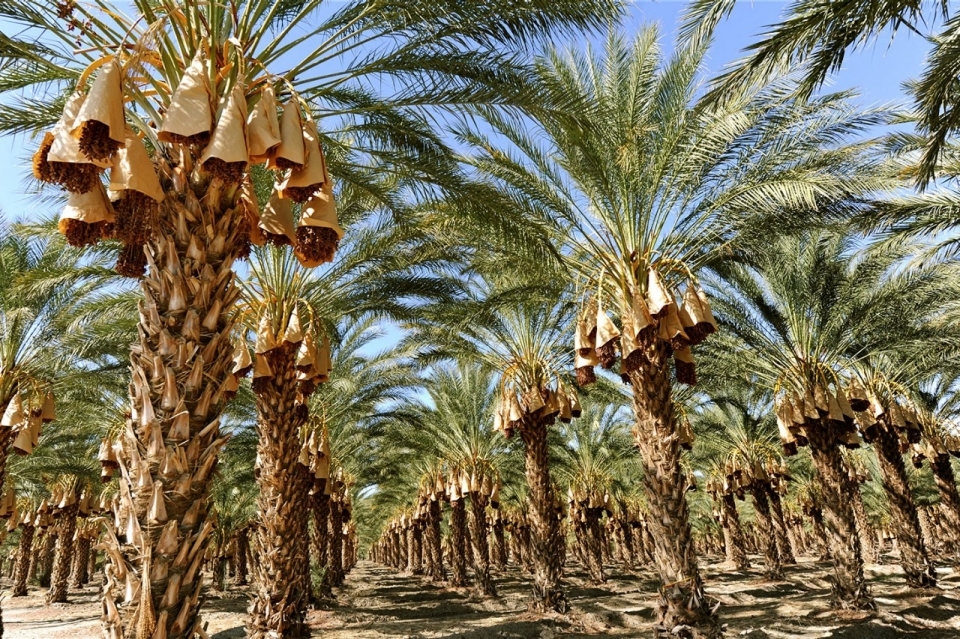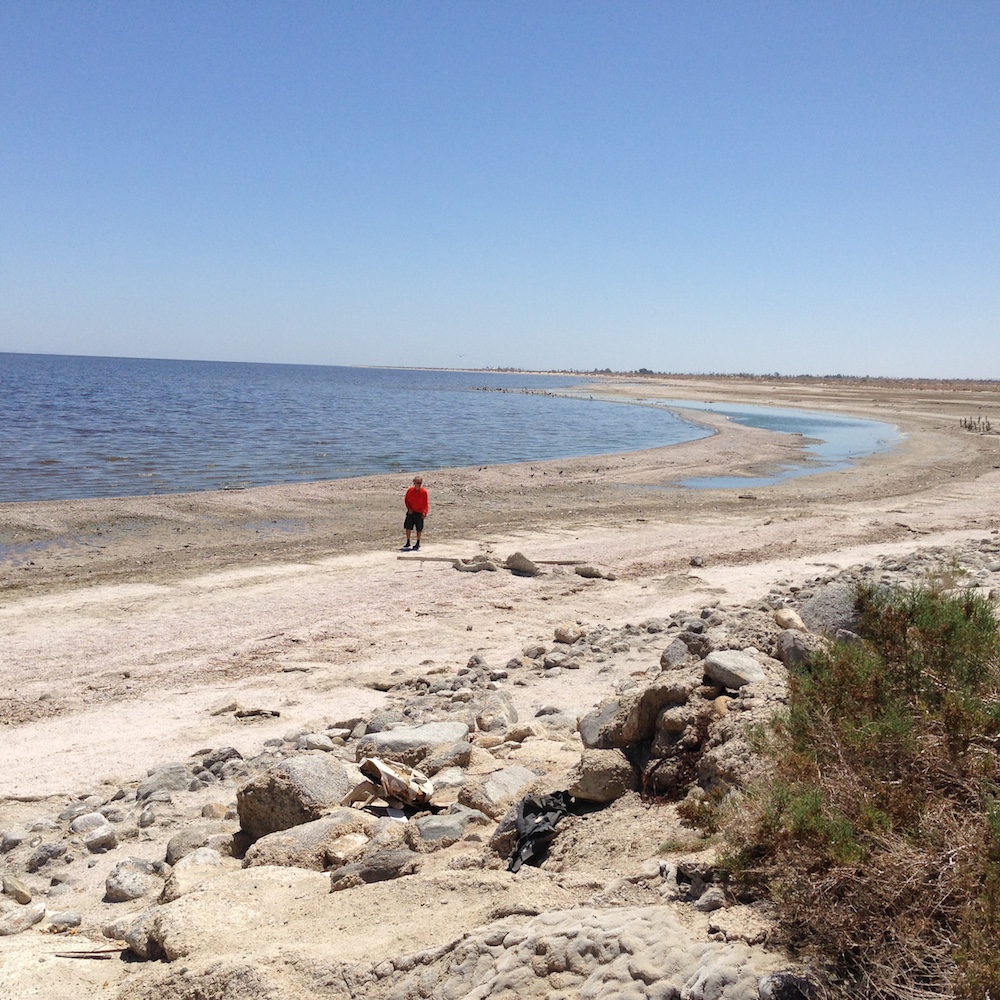Joshua Tree National Park encompasses some of the most interesting geological displays one could hope to see. With more than half a million acres of wilderness it is a huge National Park. Located about two hours east of Los Angeles, California, it is beyond the Santa Rosa and San Jacinta Mountains. It is part of the Mojave Desert.
Rugged mountains, uplifted strata of folded granite, twisted and eroded rock, and exposed monoliths are visible evidence of the powerful forces that have shaped the land in the Park.
No specialist geological training is needed to see plainly visible arroyos, playas, alluvial fans, and bajadas.
I visited this unusual Park in 2015,
Joshua Trees
The Joshua Tree, Yucca brevifolia, is a member of the Agave family and is a close relative of the Mojave yucca, Yucca schidigera. Both types of yuccas can be seen growing together in the park.
- The juxtaposition of the unusual shape of the Joshua Tree with the spectacular gneiss landforms is one of the great attractions of the National Park.
- A harsh environment.
- These formations are known as inselbergs – island mountains.
The Joshua Tree provides a good indicator that you are in the Mojave Desert,
American Indians worked the leaves into baskets and sandals, and used the flower buds and raw or roasted seeds as part of their diet.
- Harsh, spectacular landscape.
- A unique landscape.
- Yuccas, Spanish Daggers and gneiss.
It is claimed that a group of Mormon settlers who crossed the Mojave Desert in the mid-19th century named the tree because its unique shape reminded them of a biblical story in which Joshua reaches his hands up to the sky in prayer. Ranchers and miners who were contemporary with the Mormon immigrants used the trunks and branches as fencing and for fuel for ore-processing steam engines.
- Part of the Mojave Desert.
- Fruiting Yucca.
- Joshua Tree in fruit.
- An inselberg.
- Joshua Tree
- Amazing contorted shapes.
Joshua trees are fast growers for the desert; new seedlings may grow at an average rate of 75 mm per year in their first ten years, then only about 40 mm per year thereafter. If it survives the rigors of the desert it can live for hundreds of years with some specimens surviving up to a thousand years. The tallest trees reach about 15 metres.
- Low rainfall, low plants.
Joshua trees usually do not branch until after they bloom and they do not bloom every year. Like most desert plants, their blooming is dependent on rainfall at the proper time. They also need a winter freeze before they will bloom. Once they bloom, the trees are pollinated by the yucca moth which spreads pollen while laying her eggs inside the flower.
Getting a Different View
- Mark flying his drone.
- Mark’s drone.
- Our overnight campground.
- within the National Park.
- Desert.
- Fantastic rock formations.
- Good views of the Park from Mark’s drone.
Keys View Lookout
The Keys View lookout is on the crest of the Little San Bernardino Mountains and offers fantastic panoramic views of the Coachella Valley, including the 1100 kilometre long San Andreas Fault.
The Santa Rosa Mountains, the San Jacinto Peak and usually-snow covered 3500 metres San Gorgonio Mountain are clearly visible from the lookout.
- From the Keys Views Lookout.
- The Santa Rosa Mountains.
- Across the Santa Rosa Mountains
- from the Keys View Lookout.
- Coachella Valley in the distance.
Barker Dam
Ranchers utilised areas that are now part of the National Park. The rainfall averaged 250 mm in the late 1800s/early 1900s, suitable for raising cattle. Today, rainfall averages only 60 mm.
- Track to Barker Dam.
- Gneiss formations
- At Barker Dam impoundment.
- At the Baker Dam impoundment.
- Baker Dam area.
- Barker Dam impoundment.
Barker Dam is an example of the water impoundments built by the cattlemen.
Plants
The National Park has more than 750 different types of plants.
- Joshua Tree.
- A form of Ocotillo.
- Joshua Trees are relatively fast growing for a desert plant.
Skull Rock
- Bright light gives an eerie look to Skull Rock.
- Skull Rock
Cholla Cacti
As one descends towards the Cottonwood Visitor Centre the Joshua trees disappear and the Cholla Cactus Garden suddenly appears.
- Believe it.
- Cholla Cacti
- Acres of cacti.
- Cholla Cacti.
The Cholla Cactus is also called the Jumping Cactus, a name it received from the ease with which the stems detach when brushed, giving the impression that the stem jumped. The merest touch can leave a person with bits of cactus attached to them. The ground around a mature plant will often be covered with dead stems, and young plants are started from stems that have fallen from the adult. They attach themselves to desert animals and are dispersed for short distances.
- Cholla Cactus
- Cholla Cactus
- Cholla Cactus
- Cholla Cactus
Earthquakes
Joshua Tree is crisscrossed with hundreds of faults. The effects of earthquakes and ‘raw rocks’ are easily seen. The famous San Andreas Fault bounds the south side of the park, and can be seen from the fantastic Keys View lookout.
Movement by faults causes impervious zones of shattered rock fragments to form an underground dam, forcing ground water to rise and creating a natural spring.
The park has five fault-caused palm oases that are an important supply of food and water to a wide variety of wildlife habitat.
California’s Colorado Desert
As we left Joshua Tree we were still in the Mojave Desert which is part of the California Colorado Desert, part of the bigger Sonoran Desert. The road towards Mecca in the Coachella Valley is routed through box canyons.
- Plenty of information.
- Box canyon.
- Leaving the National Park.
- Heading south towards Mecca.
Groundwater and water transported via the Coachella Canal have transformed the desert environment into large swaths of agricultural land. The Coachella Valley has become one of the main agricultural production bases in the world. The warm year-round climate in the region and irrigation systems allows producers to cultivate a variety of fruits and vegetables.
- Date palms at Mecca.
- Vegetables in one of the many produce farms at Mecca in the Coachella Valley.
- Vineyard at Mecca.
Salton Sea
The Salton Sea is a shallow, saline, rift lake 72 m below sea level, located directly on the San Andreas Fault in the Coachella Valley,
- 72 metres below sea level.
- A huge expanse of water.
- The sad vista of today’s Salton Sea.
- Dead fish.
The modern Salton Sea was accidentally created by the engineers of the California Development Company in 1905. In an effort to increase water flow into the area for farming, irrigation canals were dug from the Colorado River into the valley. Due to fears of silt buildup, a cut was made in the bank of the Colorado River to further increase the water flow. The resulting outflow overwhelmed the engineered canal, and the river flowed into the Salton Basin for two years, filling the historic dry lake bed and creating the modern sea, before repairs were completed.
The surrounds of present day Salton Sea are impoverished and slum-like. It is disappointing when one considers what it once was and what it could still be.
We left the area via Palm Springs and headed back to Los Angeles.
© Kim Epton 2015-2024
1213 words, 58 photographs.
Feel free to use any part of this document but please do the right thing and give attribution to adventures.net.au. It will enhance the SEO of your website/blog and Adventures.
See Terms of Use.
